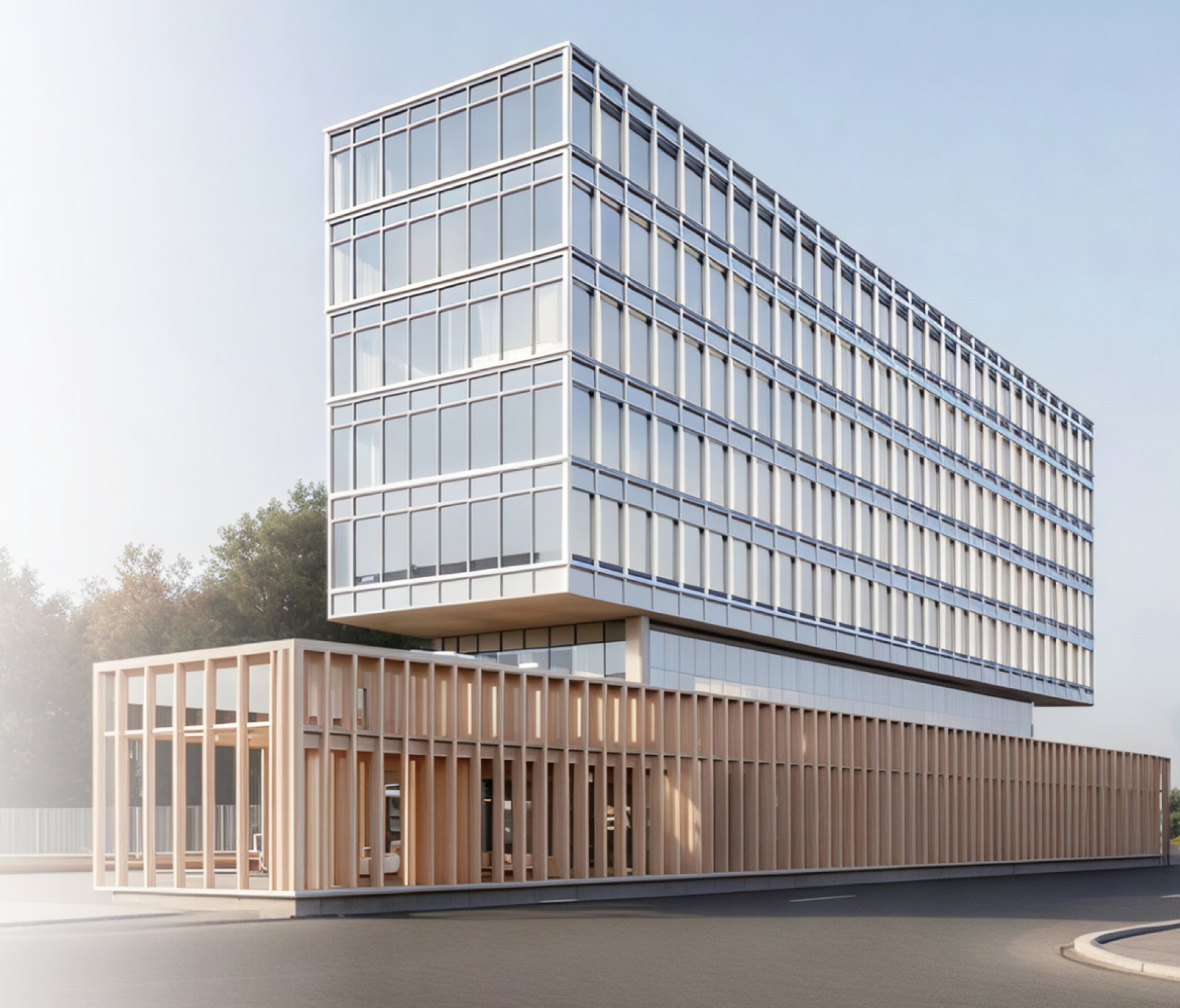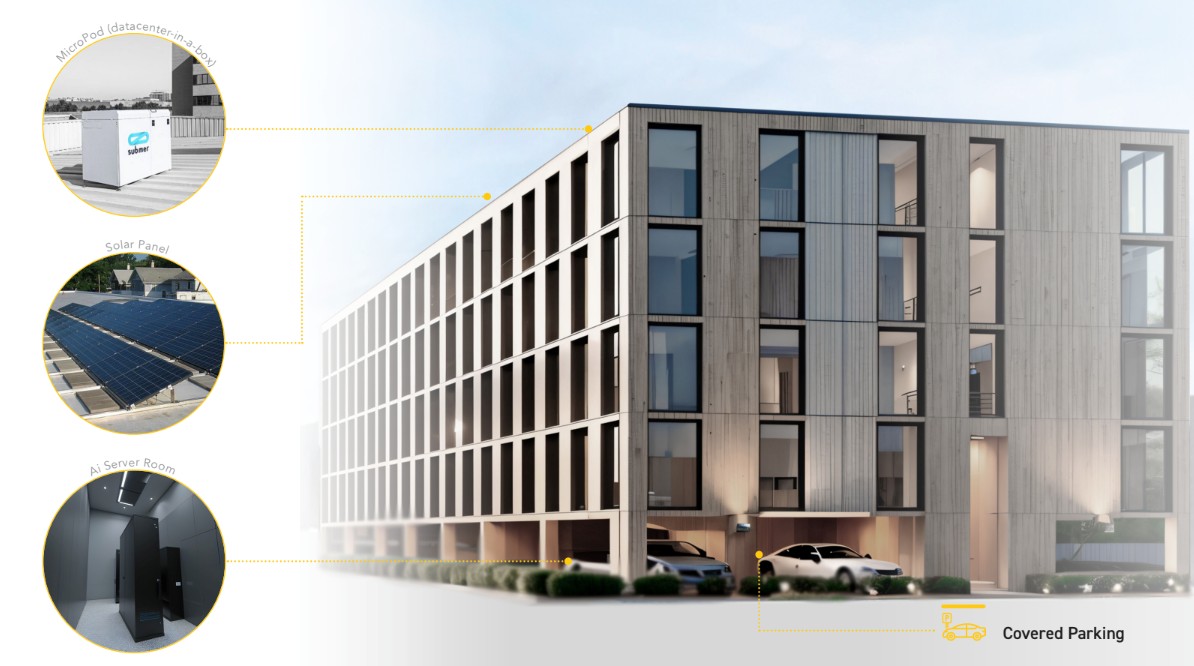Toronto’s housing crisis: Innovative solutions for underused spaces

With Toronto’s population expected to surpass 4.2 million by 2051, the demand for affordable housing continues to grow, while aging public infrastructure struggles to keep pace.
To tackle this issue, WZMH Architects and its research and development lab, known as sparkbird, have developed two forward-thinking initiatives: Housing, Urban Bibliotheca, Servers (HUBS) and ELEVATE. These initiatives transform underused spaces into mixed-use community hubs that integrate housing, innovation, and sustainability.
Construction Canada spoke with Zenon Radewych, principal at WZMH Architects, to shed light on these innovative concepts.
For HUBS, WZMH Architects saw an opportunity to revitalize aging library branches—many built in the 1960s and ’70s as single-storey structures on prime transit-connected land. By integrating housing, modern libraries, and AI-powered micro data centres, HUBS transforms these spaces into vibrant, self-sustaining community hubs that serve residents and businesses while generating revenue for the Toronto Public Library system.

ELEVATE was born from a similar challenge: underused school parking lots that take up valuable space but are expensive to maintain.
One of the biggest challenges for each initiative was making the buildings affordable in today’s highly priced construction sector. The second challenge was the site size, and providing sufficient density to create a residential development made sense.
These concepts have been designed to offer multiple benefits for Toronto’s future, including addressing the city’s urgent need for 65,000 rent-controlled homes by 2030.


